
The night sky is a breathtaking spectacle to see every night. But every year, come August, numerous celestial events are worth looking up to, even if you’re not a stargazer. Starting from the annual meteor shower to a one-of-a-kind comet that won’t come back for another few million years, here are all the cool things to see in the sky this upcoming August.
In our opinion, each and every one of these events is worth the trip to a remote, dark location. After all, don’t you think it’s worth driving a few miles to behold a spectacle happening thousands and thousands of miles away?
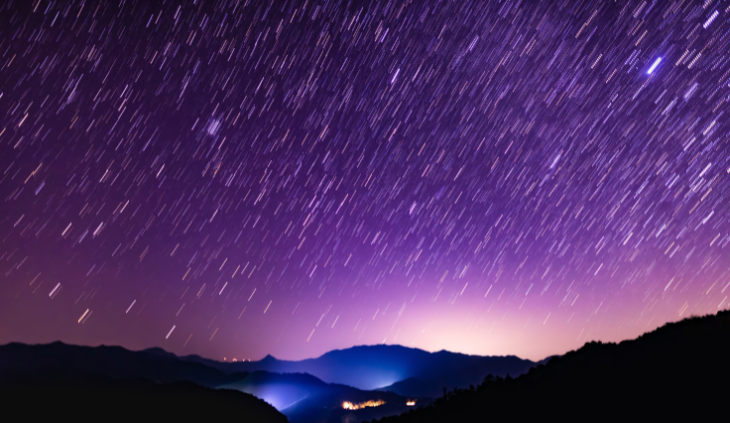
We mentioned the annual Perseid meteor shower at the beginning of the article, but this year, it’s going to be a little different than usual. Since August's full moon overlaps with the peak of the meteor shower (effectively overshining the meteors), we recommend taking advantage of the darkest days of the month. Try to catch the early start of the meteor shower during the first nights of the month. Contrary to popular belief, watching a meteor shower is best done just before dawn (not in the middle of the night).
Did you know?
Calling this phenomenon a meteor "shower" makes it sound like the meteors are coming toward us. But that is hardly the case. The annual Perseid meteor shower is caused by the journey of the Earth through an ice belt in the Milky Way. This ice belt is the space debris of a comet that completes a circle around the sun every 133 years.
Scientists estimate that in 2,000 years, the comet will hit the Earth with a force much larger than the one that wiped out the dinosaurs. Just reading about it made a chill go down my spine! But knowing that this will be eons in the future provides some comfort.
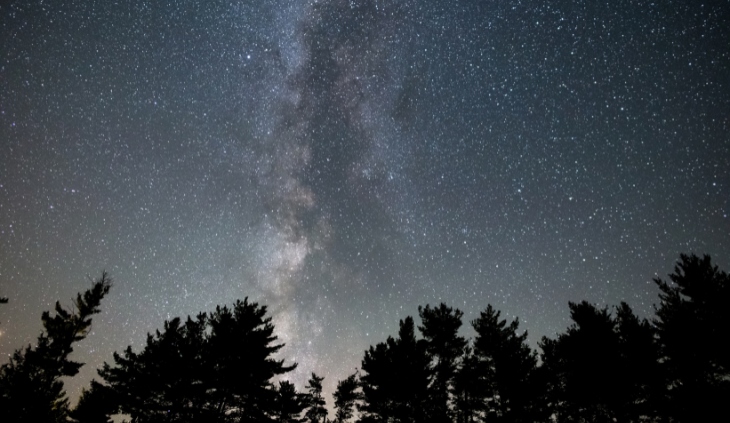
Did you know you could see the Milky Way with the naked eye? This can only happen during the summer, and August is peak season. As always, a clear, dark night will give you your best shot at a clear view. I like to think of it as sitting and looking out of the window, only that the window is the actual sky, and we’re looking out into the galaxy instead of the street. According to Treehugger, by mid-August, the Milky Way will be visible by 10 PM and directly overhead by midnight.
The meteor shower and the Milky Way will be best seen in the northern to mid-southern hemispheres.
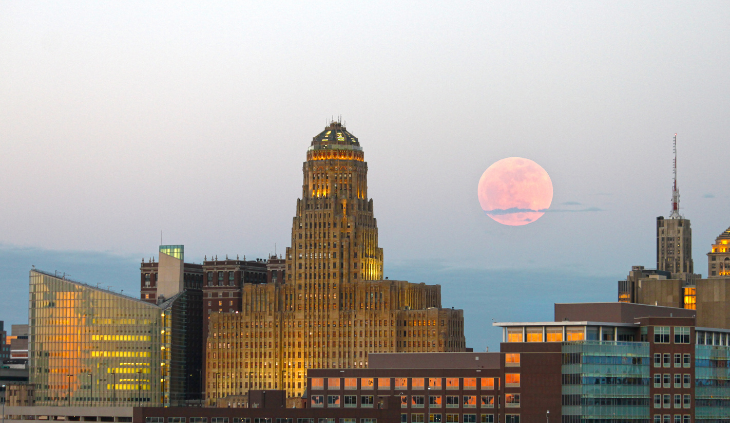
This event will likely not be as interesting to those who don’t take a special interest in either photography or outer space. We are, of course, talking about the last super moon of the year. A 'super moon' is a term used to describe the phenomenon of a full moon reaching its closest approach to Earth. It will peak on the evening of August 11 at 9:36 PM and be visible throughout the entire earth in both hemispheres.
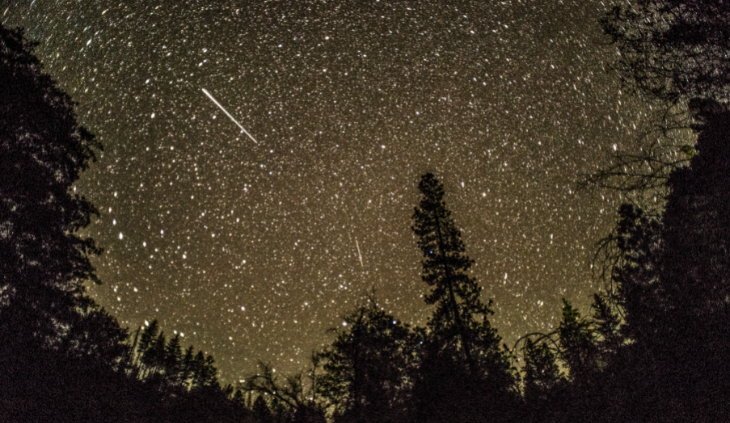
On August 14, Saturn will be the closest it's been to Earth all year. It will also shine brightly enough for you to see it with the naked eye, and with a basic pair of binoculars or a small home telescope, you might even get a glimpse of its rings!
To find it, look for the brightest "star" (actually planet) in the evening sky. That would be Jupiter. You will be able to see Saturn all night long, as it rises just after sunset in the east and sets just after sunrise in the west. If you do bring out a pair of binoculars, make sure you look for Titan- Saturn‘s moon. If the sky will be cloudy or the moon will obscure your planet show, know that Saturn will remain just as bright throughout the month.
Saturn will be visible throughout the entire earth.
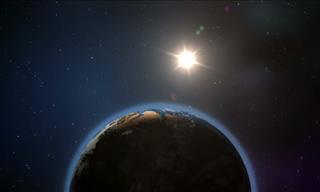 2:39
2:39
Science Lesson: Why is Space Black?
This video will explain why exactly space is the color it is - black.
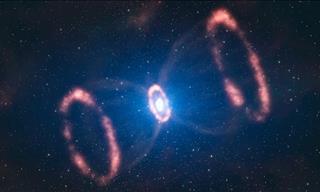 14:51
14:51
These Details About Outer Space Are Captivating & Shocking
There is so much we don't know yet about the vast universe we live in. This video explores some lesser-known facts about outer space.

7 Discoveries of Albert Einstein that Changed the World
The 7 biggest discoveries of Albert Einstein and how they changed the world forever.
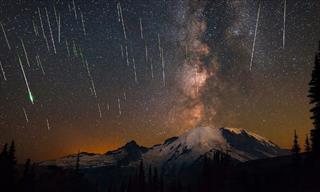
Your Full Guide to the November Meteor Shower
All about meteors: best spots to watch, astronomy events in November and specifics about the up-and-coming meteor shower this month.
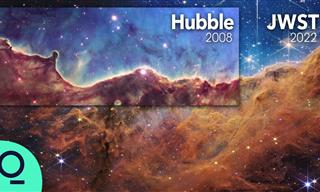 39:01
39:01
What's so Exciting About James Webb Space Telescope?
Why the new James Webb space telescope is much, much better than Hubble.
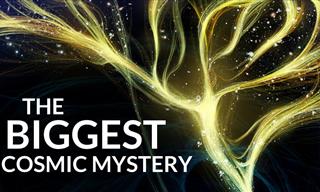 46:50
46:50
Deep Science: Why is Our Universe the Way It is?
Get ready to understand the Universe like never before...

The Stunning Gardens of England Will Take Your Breath Away
England is well known for it's beautiful gardens and we have supplied you with 10 of the best. These will amaze you with their beauty.

17 Trees Almost Too Beautiful and Strange To Be Real!
Trees are great, aren’t they? Nature is full of great wonders, but few are as startling as these bizarre but beautiful trees.

Gallery: 2024 Garden Photographer of the Year Winners
Check out the amazing winners of the 2024 Garden Photographer Of The Year Awards.

If You Love Pandas, You'll Love These 30 Fun Facts!
Who doesn't love pandas? Here are 30 fun facts and some photographs of one of the most beloved animals to walk this earth.

10 Beautiful Horse Breeds Everyone Needs to Know About
We humans owe horses so much thanks to the role they've played in human history. These are probably the 10 most interesting breeds of all.

Witness This Island Erupt in a Slew of Flamingos!
Once a year, an amazing natural phenomenon happens at Lake Nakuru in the middle of Kenya...
 3:30
3:30
How Deep Does the Ocean Go? This Animation Reveals All!
Just how deep is the ocean? This interesting animation by Tech Insider reveals all.

What Kind of Personality Does Your Cat Have? Find Out Here
Here are the 5 most common cat personalities, and how you can recognize them.
 6:28
6:28
10 Cat Breeds That Act More Like Dogs
In this video we are going to introduce you to 10 species of cats that act almost like dogs!

Witness the Beauty of Birds in This Gorgeous Collection
In this collection, we’ve compiled the very best bird photos we could find - from stunning birds or paradise to most exotic birds on Earth

30 Beautifully Mysterious Creatures of the Animal Kingdom
If it was down to me, photography would be nothing more than this: pure, unadulterated photos of lovely wild animals. Here's 30 of the best.
 7:15
7:15
Weird and Wonderful Nature: The Mexican Mole Lizard
This unique reptile challenges our understanding of lizard anatomy.

12 Beautiful and Very Rare Bonsai Trees
Feast your eyes on these 12 stunning bonsai trees. You may even learn a thing or two about growing them along the way. Enjoy!

The Most Astonishing Wildlife Photos of the Decade
These are some of our favorite shots of animals in the wild, ever. Enjoy this stunning collection of professional wildlife photography
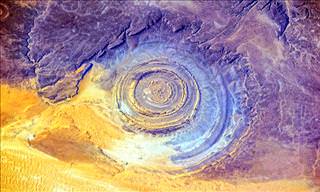
These Natural Wonders Are Too Strange For Words
Natural weather processes have resulted in some truly weird and wonderful natural wonders forming in certain areas of the world. Here are 12 of the weirdest.
 4:54
4:54
Pigeons Have Played a Massive Role in World History
Pigeons are one of the most common birds in the world, but they're utterly underrated. In fact, they have played a huge role in world history. Find out more...
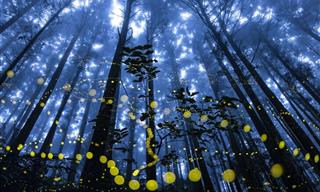
The Landscape Photos Everyone's Talking About This Year
Check out the incredible winning images from the 2024 International Landscape Photographer of the Year.
 9:32
9:32
Ocean Showdown: Orcas Take on Humpback Whales
There's a reason why orcas can never get along with humback whales...

If You Thought You Knew What Trees Look Like, Look Again!
Most trees are good in the background and you hardly notice them. Not so with these spectacular rare woodland giants. Here are 13 amazing trees.
 34:49
34:49
Before Dinosaurs: When Giant Insects Ruled the Earth
Long before dinosaurs left their mark on history, Earth was an entirely different world.

20 Weird Animal Eating Habits We Never Think About
The natural world can be both a weird and wonderful place, as the facts you are about to learn certainly prove.

Have You Ever Seen Birds More Stunning than These?
Among all species, birds are perhaps the prettiest. Take a look at the world's most beautiful birds:
 9:09
9:09
15 Bizarre Looking Insects and How to Behave Around Them
This video will introduce you to 15 of the most strange-looking bugs in nature, alongside some tips on how to behave around them to stay safe.
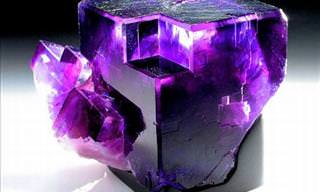
These 24 Gems and Minerals Will Take Your Breath Away
Nature is such an incredible thing, and this applies just as strongly to the gems and minerals it forges. Here are 24 of the most beautiful gems and minerals.

Prepare to Witness the Majesty of Mother Nature!
If you love nature even half as much as I do, then this stunning collection of photographs is bound to take your breath away, and leave you gasping for more!

Collection: The World's Mightiest Mountains
Look through our biggest ever collection of incredible landscape photos of mountains from every corner of the Earth. Enjoy!
 8:39
8:39
Unbelievable Nature Footage - Mantis Outsmarts Predator
This brave mantis was nicknamed the 'Kung Fu Mantis' by the BBC Nature team, for the ingenious way it beat its predator.

The Very Best of Undersea Photography – 15 Beautiful Pics
Check out the amazing winners of the 2021 Ocean Photography Awards.

15 of the Smallest Animals to Inhabit the Earth!
Have you ever wondered what is the smallest animal in the world is? If you have, you’ve certainly come to the right place.
 4:15
4:15
Fascinating AND Funny - Bears Losing Their Winter Coats
As winter turns into spring, bears awaken from hibernation, and they need to shed their thick winter coats. The way they do so is peculiar, to say the least...

8 Animals With the Ability to Regenerate Whole Body Parts
Meet some of the most remarkable members of the animal kingdom that possess the ability to regrow body parts.

You Won't Find More Beautiful Parrots in the World...
There are around 350 different species of parrots in the world. Here you will find 10 of the most beautiful!

Discover the Secrets of the Spectacular Valley of Fire
Join me on a visit to one of the most beautiful places in North America.

10 Rare Animal Species Found in Only One Location
These unique hyper-endemic species can only be found in one place in the whole world - so they're definitely worth discovering.

12 Fascinating Facts About the North Pole
The North Pole is a unique & mysterious place, and it would be fun to learn more about it, so here are 12 lesser-known North Pole facts!

Award-Winning Nature Photos That Left Us Amazed (15 Pics)
Check out the awe-inspiring winners of the 2024 Nature’s Best International Photography Awards.
 1:25
1:25
Golden Eagles Really Are the Epitome of the Word Majestic!
In this fascinating clip taken from the BBC’s Planet Earth, two of these hunters attempt to survive the harsh Alpine winter by fighting over a dead fox.

Of All Tulips In the World, These Are the Most Beautiful!
Here are 25 absolutely gorgeous varieties of Tulips, that come in a wide range of shapes and colors and brighten up every garden

These Ancient Trees Stand Ageless and Beautiful
It's incredible to see these living breathing fossils that have been around for centuries. Take a look at these 10 ancient trees.
To enable your Ad-Free Subscription, please fill the fields below
Your subscription was successful, now you can enjoy an ad-free experience!! Note: To make sure you get no ads, please make sure to log in to your account. If you are logged in already, then refresh the page. The subscription can be cancelled at any time.


